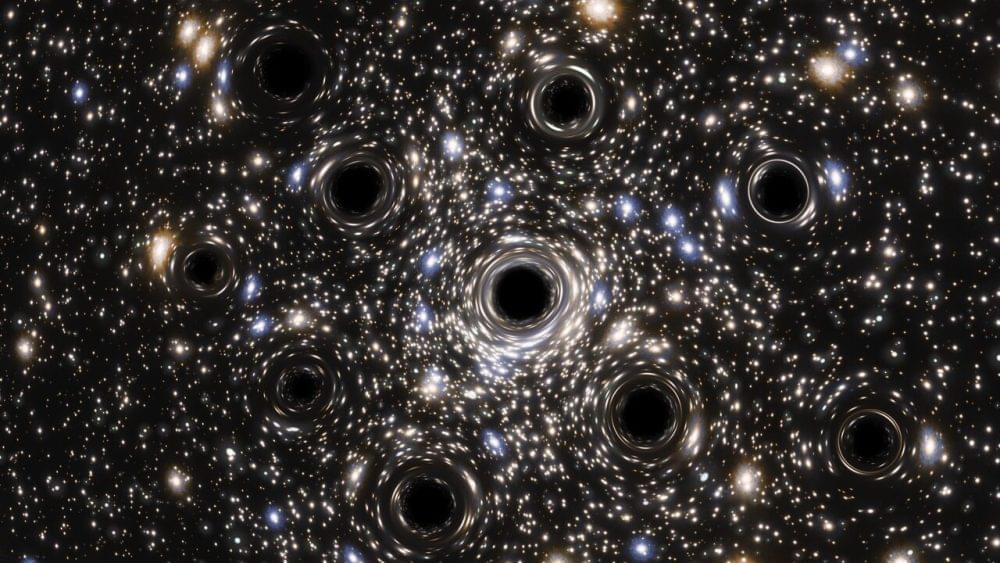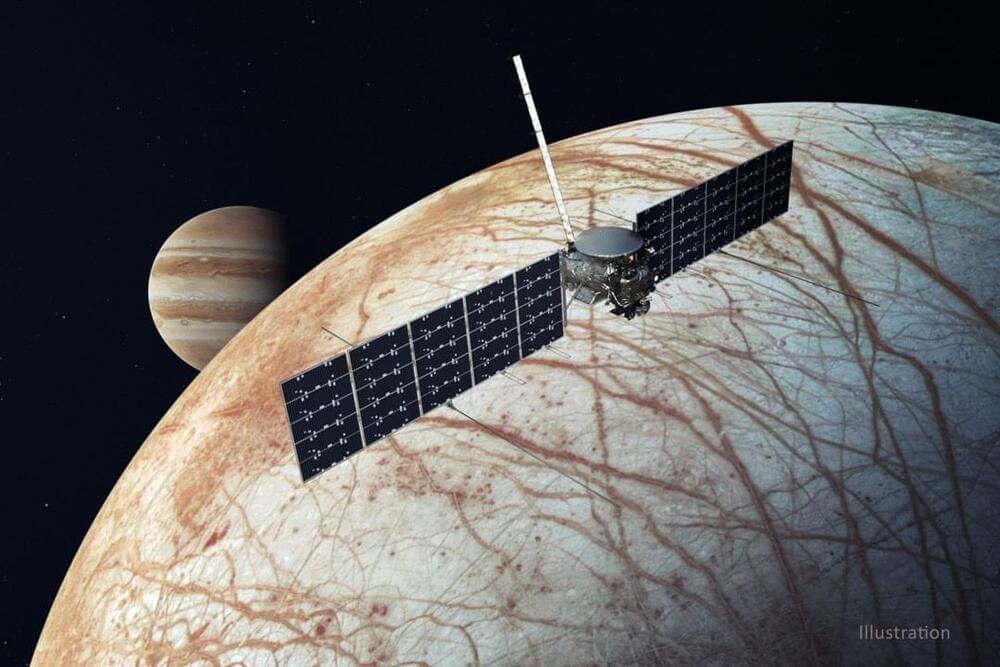
Get the latest international news and world events from around the world.





Astronomers have long had the well-documented belief that an ocean of water is splashing beneath Europa’s ice crust
In recent research, scientists showed that there is enough heat in the bowels of Europa to keep part of the solid core in a molten state, and thereby support the existence of volcanoes on the ocean floor. This find suggests that the volcanic activity may be enough to support subsurface alien life on Jupiter’s moon.


Meet Ameca, an #android that doesn’t walk (yet) but can have conversations and discussions with people
We asked it a series of questions to see how well it could communicate in the loud and busy environment of #CES. Check it out. #CES2022

